Getting to Belarus is not necessarily a simple thing. While the logistics of transport are simple, for most nationalities obtaining a visa is not easy at all. Earlier this year, I tried to obtain one to attend May Day in Minsk. I will spare you all the details, but after an incredible chain of 37 emails (yes, 37) and a few expensive Skype calls, I had yet to obtain a letter of invitation from an authorized agency, which would then have allowed me to approach the Embassy and request a visa! I gave up and spent May Day in Lithuania, where May Day celebrations have been completely abandoned, and all I saw was a little union march to which nobody paid any attention. This time around, I went for a much easier transit visa, which would only allow me to be in the country for two calendar days. It cost only 20 Euros, but I had to leave my passport at the Ottawa Embassy for 9 days. After the prescribed delay, I went back and the clerk retrieved my passport from a pile of one. Belarus is simply not interested in promoting tourism, or at least Western tourism. Russian tourism is probably important, as spas and such types of vacations are significantly cheaper in Belarus. However, statistics are difficult to find, as the two countries have no controls at their respective borders.
I think in the West, Belarus is only know as being “Europe’s last dictatorship”. I honestly went not knowing what to expect, but I must say I was surprised. I would even say I was impressed. But first; of course it is a dictatorship. Describing his own style as “authoritarian”, President Alexander Lukashenko may even be giving up on appearances. When he won his 4th election, I wonder if Belarus even bothered to count the votes. In the 4 elections, the results have never moved by more than 3 percentage points: about 80% to Lukashenko, all 4 times!
Because of labour issues I was not able to figure out, the former collective farm director is either considering, or has recently passed, a law requiring farm and forest workers to obtain permission for the regional Governor’s Office to quit their job. His fiercest critics could have accused him of trying to reintroduced serfdom. But they didn’t need to, he used the word himself! Despite all this, from the little I discovered about the country, I have difficulty seeing it as a “bastion of tyranny”, as Condoleeza Rice said. This is not Equatorial Guinea, Saudi Arabia or Venezuela. It made me think more of a mostly benevolent dictatorship, like Singapore in the 80’s, except socialist-style. Or perhaps the small Gulf States, conservative and oppressive to their opponents, but by and large trying to use Government resources to better the life of the population (the citizens, not the foreign workers).
Before I say why I was impressed, I will say how and when I saw the signs of a dictatorship.
By taking a bus tour. I had taken such audio-guided tours by boat before, but never by bus. I don’t like the concept and will not repeat the experience. But the audio commentary was out-of-this-world. A lot of the censorship in authoritarian states is self-censorship. In Belarus, insulting the President carries a 5 year jail term, but there probably isn’t a law detailing exactly how much criticism of various things in the country is too much criticism. So if you publish written or audio materials what do you do? You play it safe and avoid anything negative. Therefore, I learned that “According to experts, the train station is one of the most convenient in Europe”, this street is the longest in…, excellent hospitals with Belarus-developed technology attract all sorts of medical tourism, etc. I have no reason to doubt any of this; the train station and airport were certainly fine, if not very business-oriented. But surely there is at least one thing that could be improved in Minsk! Even in North Korea my guide said they had problems generating enough electricity, and self-criticism is not exactly a North Korean strong point! During the two hours, only two negative things were said. First, Stalinist architecture was described as “grandiose, if somewhat pompous”!
And then it was explained that these buildings (a very large development of many buildings) were intended to have gardens on the roofs for residents to enjoy, but that they were no longer there because of mismanagement of their maintenance. At first I could not believe my ears. No visitor would ever even know gardens were supposed to be there. This was specific and direct, harsh criticism and totally unnecessary. If I was a betting man, I would put $100 on the fact that the project was managed by opponents of the Government.
I was the only non-Russian speaker on the bus and I had to hide my smile during the tour’s incredible conclusion:
“Today Minsk is a simple, democratic city. As we conclude our day of sightseeing, so concludes a day in the life of Minsk. New citizens have been born. New songs have been written.” You know I’m not lying because I could never invent this!
So history in a nutshell: Soviet Union collapses, Belarus becomes independent with a typical European former Soviet republic plan of privatization, looking to the West, Government reforms, re-establishment of the national language’s pre-eminence, nationalism, religious revival and opening at least two history museums to bash the Soviet Union. But the Belarus Soviet Supreme is not dissolved right away and proves to be very conservative and tenacious. By the time Lukashenko is elected in 1994, nothing has been done and he pulls a complete 180 degree turn, even suggesting Belarus should become part of Russia itself. Twenty years later, the absolute majority of citizens still work for State-owned businesses, I read somewhere “Belarus doesn’t look to the European Union, it looks to the Soviet Union”, no significant Government reforms have been implemented, Russian is by very, very far the dominant language and Soviet history is both respected for its accomplishments and a taboo subject when it comes to its dark sides.
Some religious revival has occurred, but I read a translated excerpt from a Belarus schoolbook and it basically tells children that you are free to practice religion, but that it is a pretty stupid thing to do. It went something like: “If you want something to happen, find a way to get there and work hard instead of praying to some imaginary beings”. I won’t argue with that one.
A very interesting question for me, and one about which I want to learn more, is how this course of action affected the country, specifically when compared to Russia. Because the privatizations never happened, perhaps some economic growth has been lost, but unlike Russia, Belarus didn’t get the corrupt oligarchs that came with the chaotic liquidation of State enterprises, and they also have far less income inequality. Unemployment is difficult to measure however, as the Government only counts the “registered unemployed”, and there are disincentives to register. Corruption is a more difficult thing to compare. Lukashenko, who was relatively unknown before becoming President, rose to preeminence on a strong anti-corruption platform. He certainly fired several very senior officials for corruption, but because of the lack of independent judiciary or media, one has to take the Government’s word on the situation. The country suffers from all the problems you would expect in a state-controlled economy: severe inflation, currency devaluation, lack of foreign investments, etc. But this is not Zimbabwe or Venezuela; the system may not be the best, but from their Soviet past, Belarusian bureaucrats seem to be very good at managing it. The visual contrast is also obvious. Compared to St-Petersburg, Minsk is very clean (so is St-Petersburg, but Minsk is like, cleaner than Singapore!).
And unlike Russia, Belarus doesn’t have an “FSB”; the KGB is still called the “KGB”! This is their impressive building, right downtown on the main street. Not sure if photography is OK so I sneaked one from the tour bus.
The parks are more citizen-oriented and less Imperial. And they celebrate gay pride. And there are no graffiti anywhere.
Except, strangely, in the back alley of the apartment I rented!
Everything is very proper and safe. Because there was a little construction going on, this big temporary sidewalk was built. In Canada, we would have probably been happy with two signs saying “Use other sidewalk”, which people would probably ignore. In Minsk, people are very obedient. I never saw anyone cross the street on a red light, even on Sunday evening when there was no traffic. Mind you, the police is everywhere in the centre, but I honestly think that Belarusian people are a conformist bunch who want to do the right thing. You certainly see conformity simply in the way people look. Few young women have short hair and I only saw one or two men with long hair, near a university. Punks and hippies? Nowhere to be seen. Another rarity, foreigners.
I was so surprised to see two Asians that I took a picture! I saw two more in the subway, but they looked more like expats than tourists, and more likely from Central Asia. For white supremacists, Belarus would be a dream come true!
I know from documentaries that many people, especially young ones, would like the country to take another course. And of course liberals and intellectuals probably don’t like the Government either. But I also read that compared to other countries, politics is not something that fascinates people here. Few identify with or join a party and it seems the big silent majority has an attitude of “If things run smoothly and we have order and jobs, we don’t care who is running the country”.
And people are busy shopping and going about their business. My Russian speaking friends who visited recently got the impression that people are both happier and have a nicer attitude than in Russia.
And since I mentioned obeying street lights, I will also mention that they are flat, using LED lights. I don’t think I ever saw that anywhere else.
The city is full of new glass and steel buildings, but I had more fun photographing the strange 1960’s architecture. Because of the shape, locals call these “corn buildings”!
This is the kind of spectacular new stuff they build, the National Library. I wanted to go at sunset, so that meant I couldn’t go inside, as it was already closed.
For a small fee, you can climb on the 23rd floor observation platform and check-out the city.
I saw the three fountains and thought the library would look nice from behind the fountains, so I walked around the park.
And saw this man flicking switches when I arrived at my planned viewpoint.
And the fountains died! Still, a nice view of the building.
Rewinding to the top of the library. It gives you a different viewpoint on the huge amount of construction going on. Despite the significant decline in population since the end of the Cold War, rural migration has resulted in lots of large scale development projects in the capital.
And the rich part of town, with small low rise condo units and single family dwellings.
As seen from the tour bus. I am not sure who the rich people are…
But I bet the guy who has the city’s paving stone contract is one of them!
Symbols of the USSR are everywhere. Sometimes symbols that would be hard to remove even if you wanted to.
Sometimes symbols that could easily be removed. (Sorry for the bad phone picture, but in some parts of the metro, photos are not allowed, because they show “engineering works”. Not being sure where, I generally avoided taking any).
And sometimes even new symbols; obviously indicating a very different relation with 20th century history than many former members of the Warsaw Pact.
Symbols of the Great Patriotic War (WWII) are everywhere. There is a Victory Park, Victory Place, street, etc.
And since the victor of what we call in the West “The Eastern Front” was the Soviet Union at the time, they still fly the Soviet flag on the monument.
A kind of small chapel/monument on the tiny Island of Tears.
I think it commemorates the suffering of the countless widows and mother who lost loved ones in the war.
This sculpture is called “The Last Way”, at a memorial known as The Pit. It is located on the actual pit where an estimated 5,000 prisoners from the Jewish Ghetto were killed in 1942. I think that of all Holocaust memorials, it is the saddest I ever saw. Don’t know why. The human scale? The pregnant woman (6th)?
Or the last man, probably not knowing what was going to happen to them, still holding his violin? Just terrible.
Moving away from inhumanity and back to the present. The language situation is very strange in Belarus. Belarusian is an official language, but it is only spoken by a small minority. You see Belarusian signs in cyrillic and latin characters, Russian signs, some the same, some different.
This subway station is designated in these two ways on the signs.
But on the wall, it’s this way. Incredibly confusing.
Cyrillic is far more useful. This was my first ever attempt at writing it, to catch a bus to the airport. It worked! Young people in cafes and bars are likely to know some English in my very limited experience, but state workers in places like the train station are not.
Things meant to be or look trendy tend to be in English, a fairly universal phenomenon.
One exception to Belarus not looking to the West; there are a surprising 7 McDonalds in Minsk!
And this other surprising thing was also present in St-Petersburg. In Canada, grocery stores want as many windows as possible, to showcase the interior. But Russians plaster the windows and make them opaque. I wonder why? The one grocery store I visited looked very nice inside, so it’s not like there was something to hide.
The only – pleasantly – surprising thing was the price. I didn’t feel like going to the restaurant for dinner and I had an apartment with a kitchen, so I bought all I needed to make sandwiches and breakfast snacks. Everything in the picture cost less than $10, total. I thought it was silly to buy mustard for a single use, but the jar was 60 cents! And it was the best, strongest mustard I tasted since the Sunday market in Tasmania.
And finally, one thing Belarus has in common with most other countries: a scantily clad teenaged girl sells, even if the add makes no sense whatsoever!
In conclusion, Belarus was far more interesting than I thought, and I will want to follow the country more in the future. I expected to find a more depressing place, but I found a dynamic looking, orderly, nice – if probably a little boring – city. Very happy to have done this transit.
#Belarus

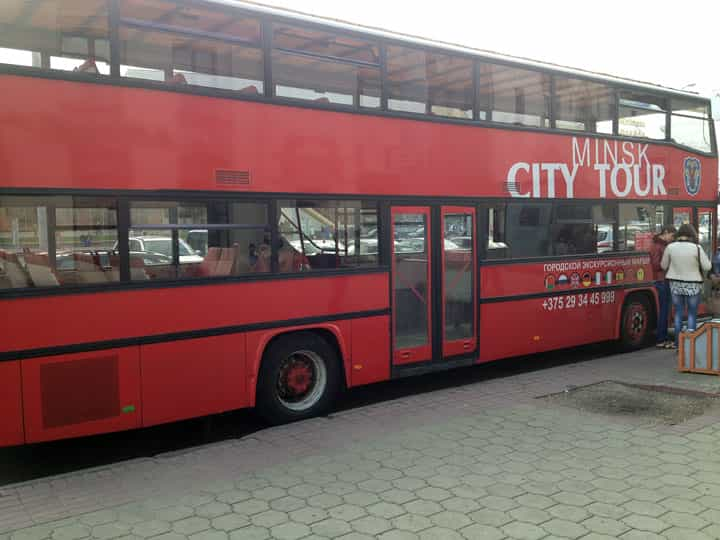
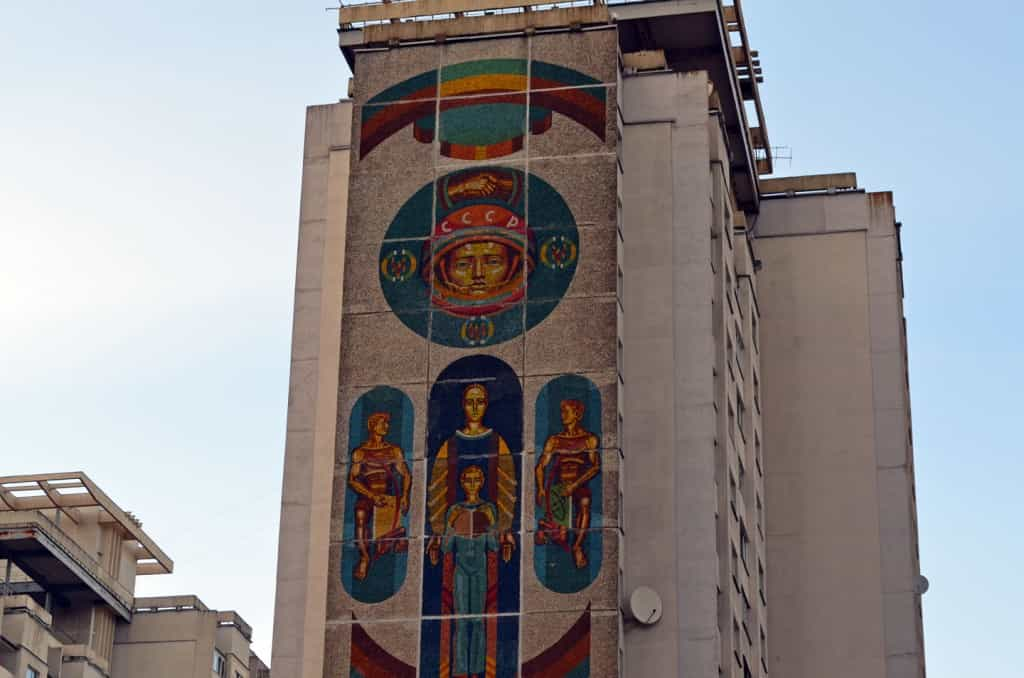

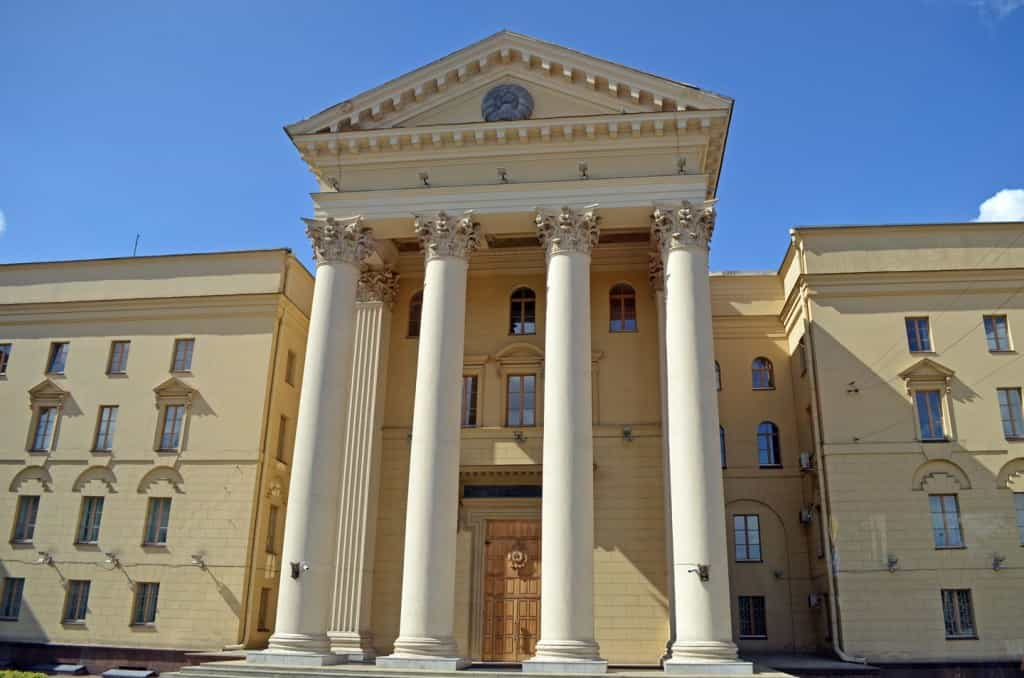

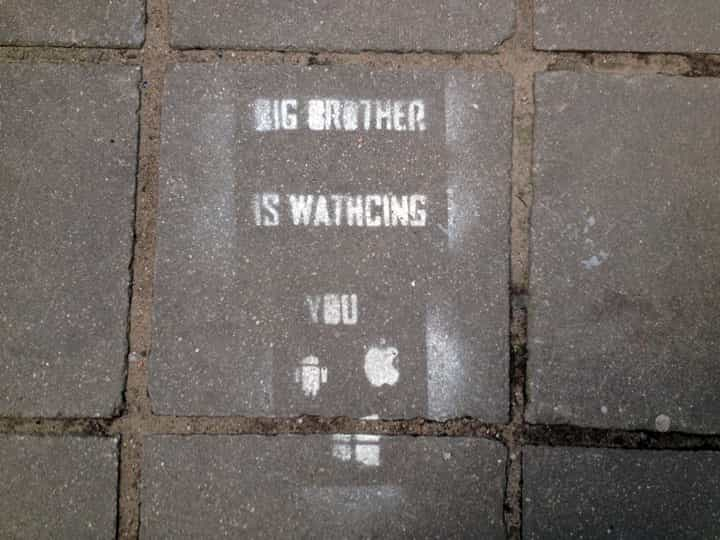

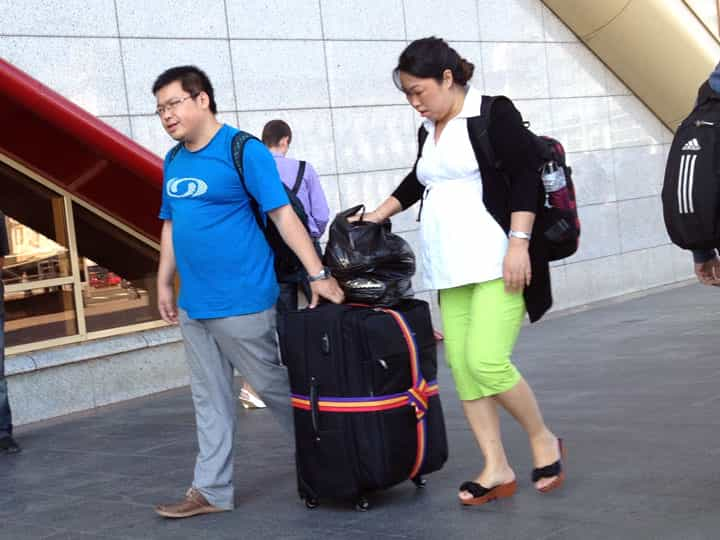



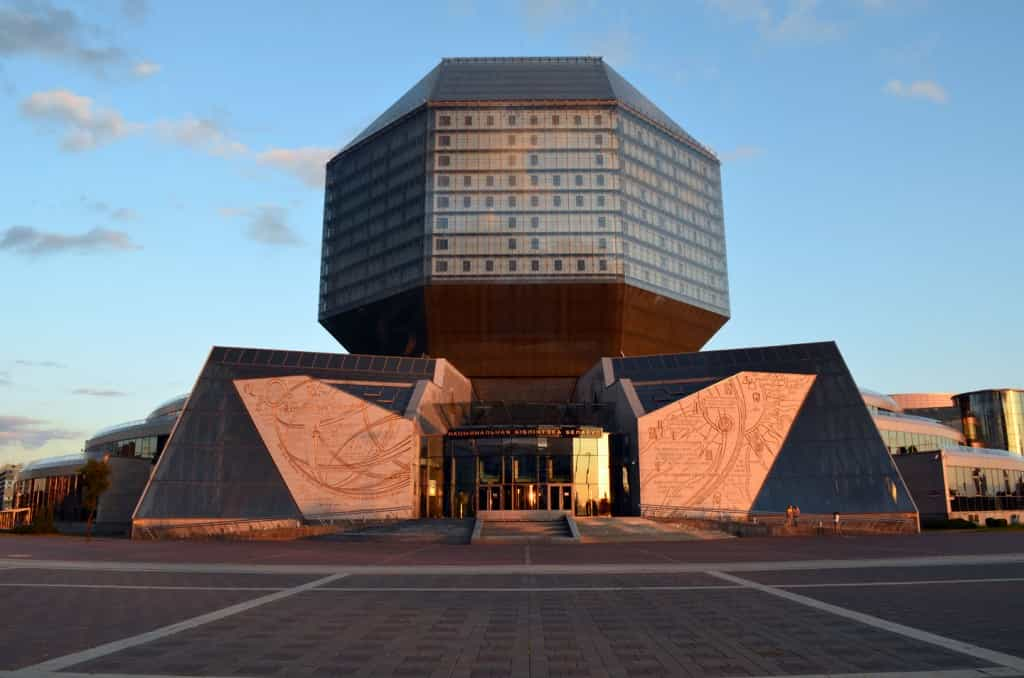
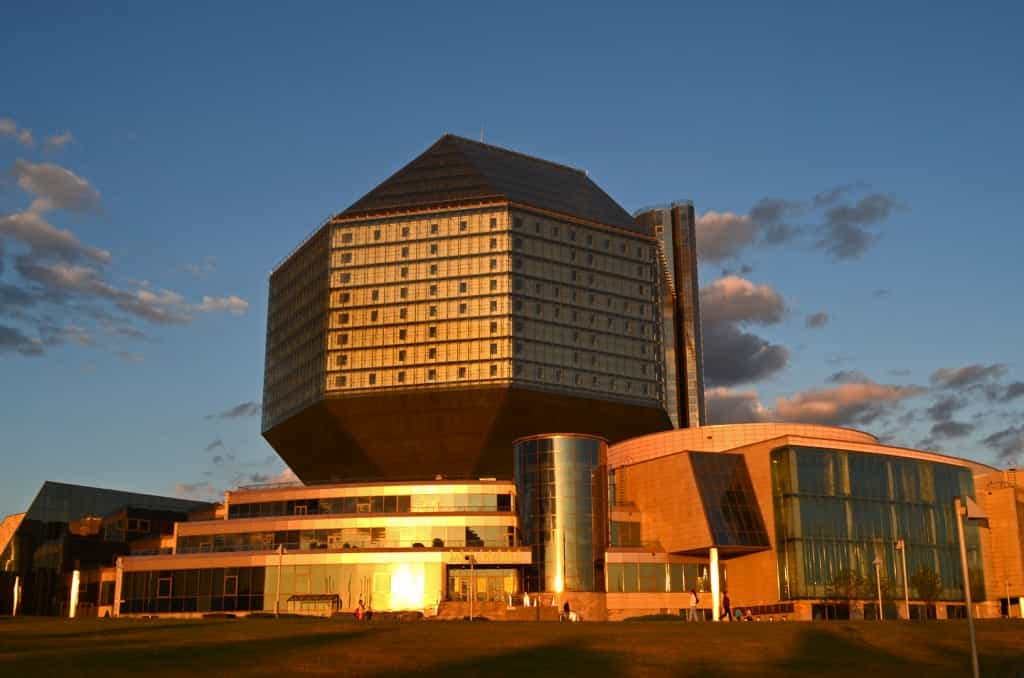
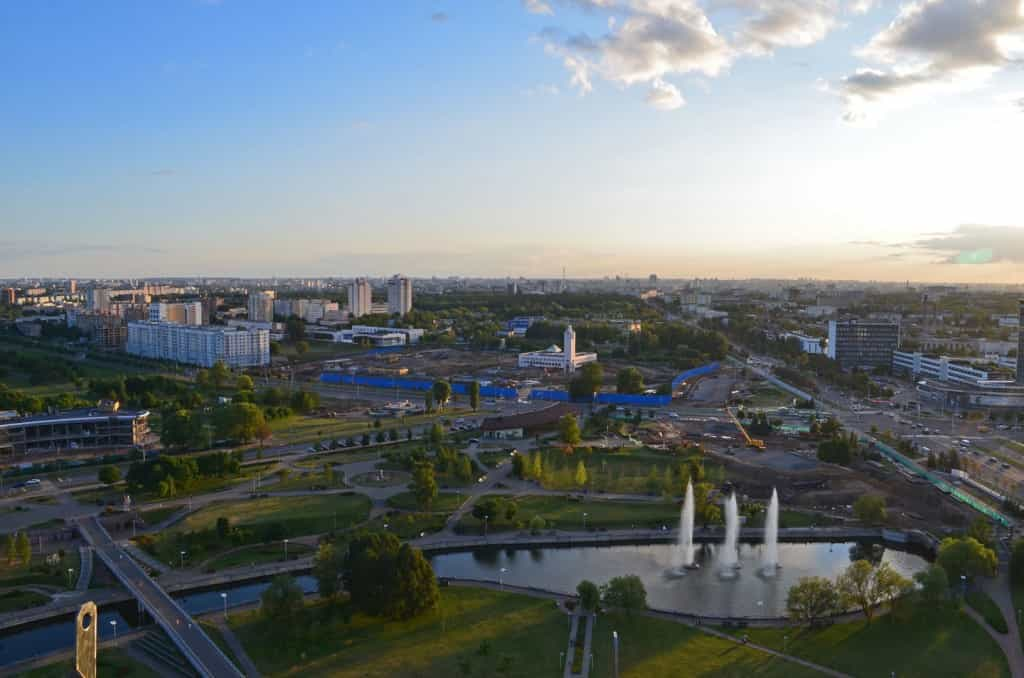
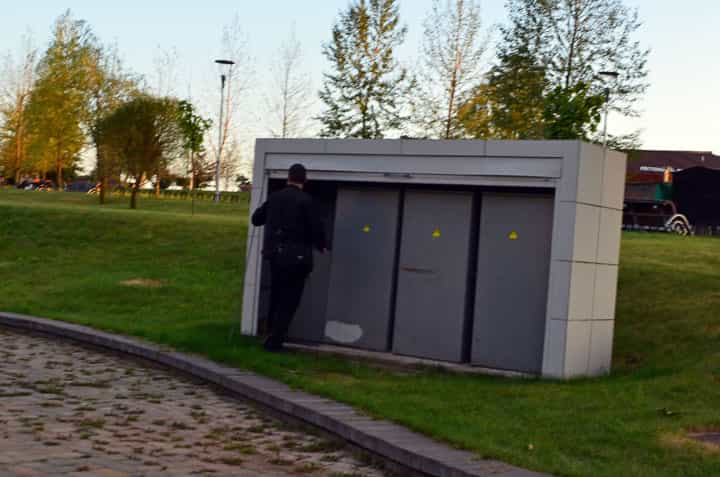






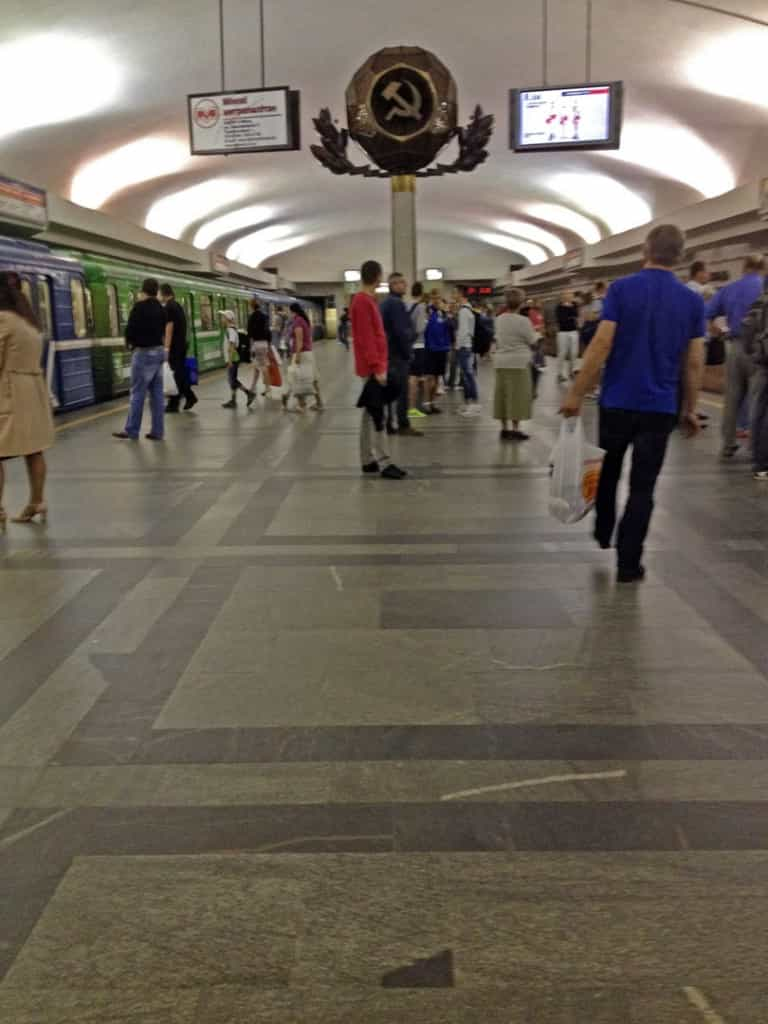

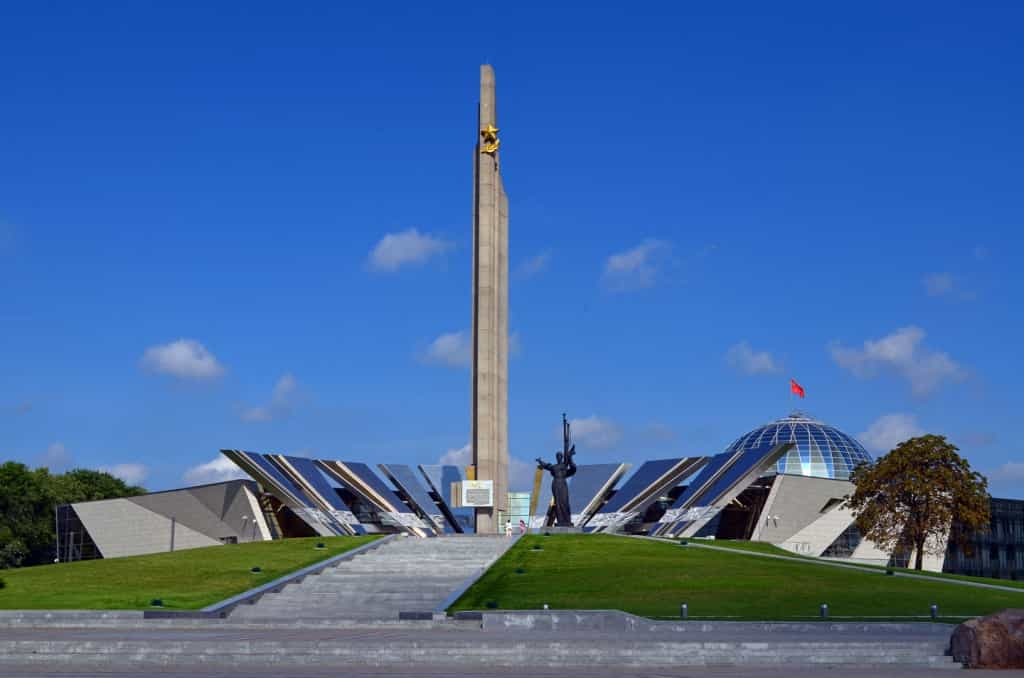





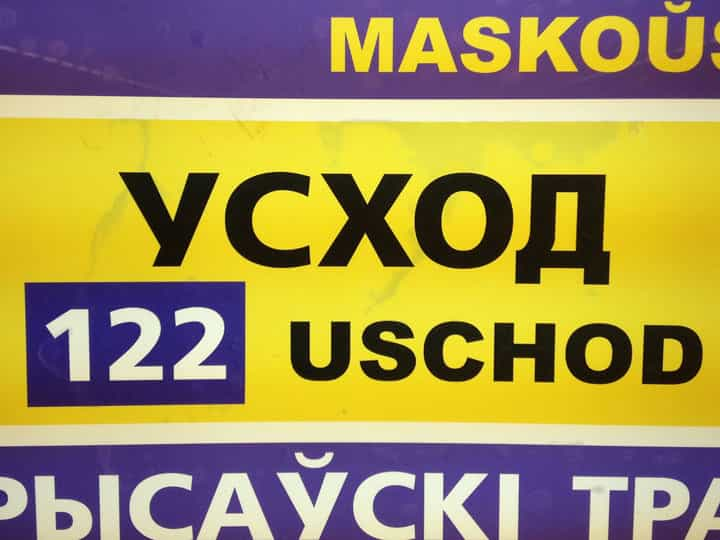


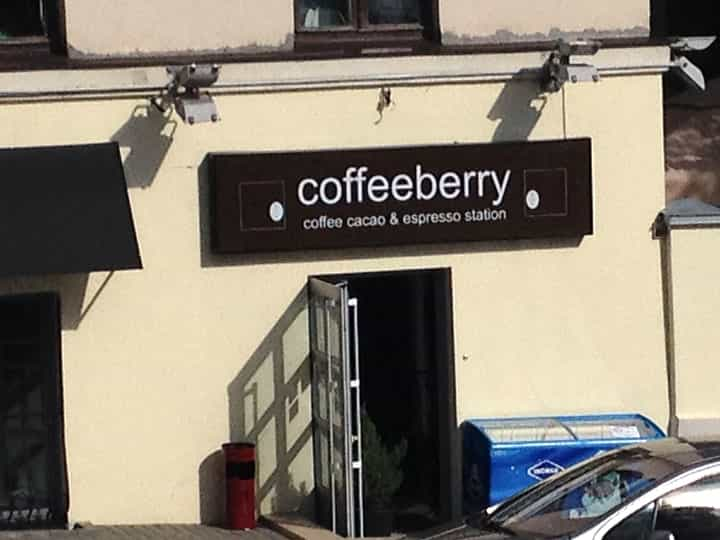
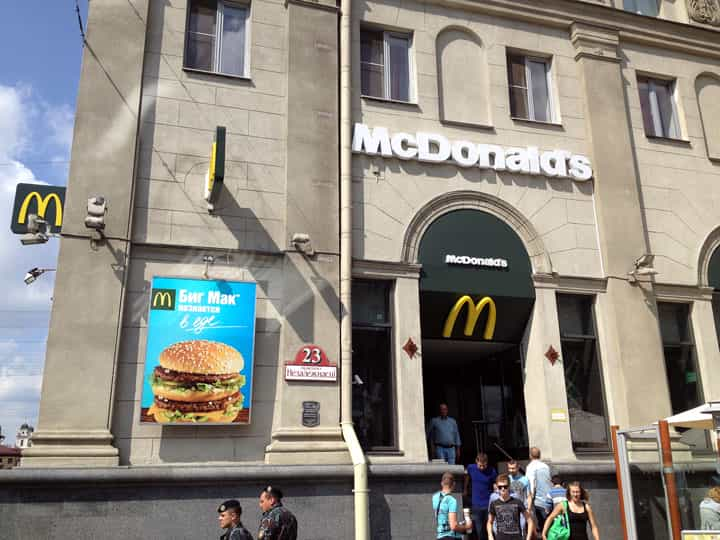


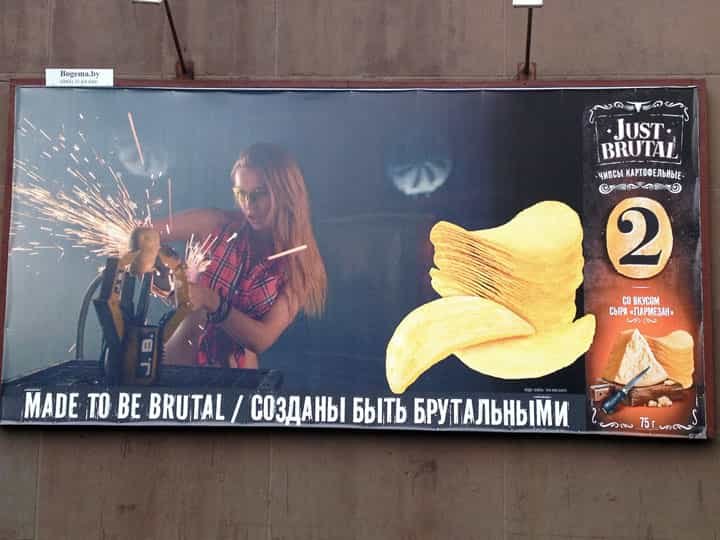
very nice sir